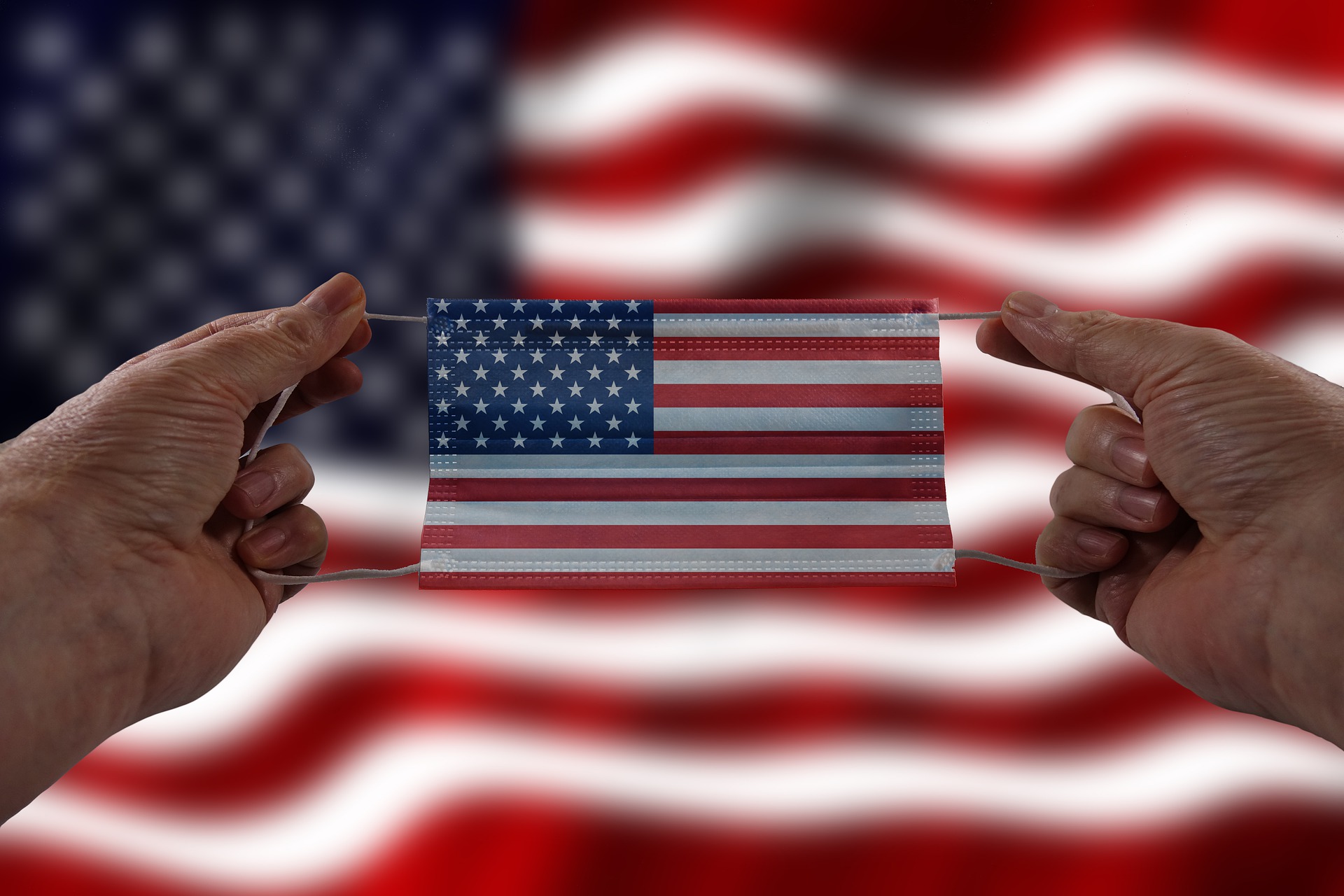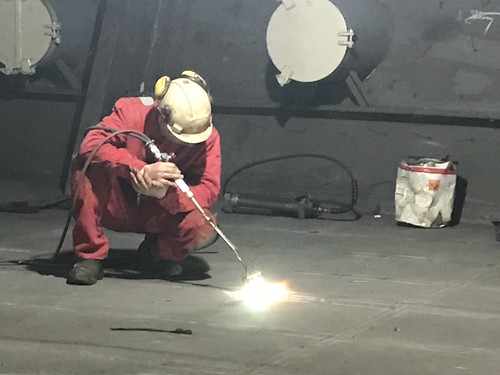The federal Chemical Safety and Hazard Investigation Board – which usually refers to itself as the Chemical Safety Board or CSB -- has issued guidance on the hazards of explosive and combustible dust. The report is intended to identify the key barriers to improvement in the control and mitigation of combustible dust hazards. The report was developed by a contractor to CSB, after a fatal 2017 dust explosion at the Didion Milling facility in Cambria, Wisconsin. In October 2018, CSB issued a “Call to Action” to gather comments on the management, control and understanding of combustible dust (which I wrote about HERE). The objective of this project was to make sense of comments submitted in response to the Call to Action. CSB ultimately received 57 responses, which its contractor reviewed and supplemented with additional research.
Read More
Tags:
Health & Safety,
OSHA,
CSB,
chemical safety,
NFPA
During 2020, the Trump Administration has seized on the economic disruptions from the COVID-19 pandemic as the latest of its many rationales for easing environmental regulations. In May, the President issued an executive order (EO) directing agencies to “support the economic response to the COVID–19 outbreak” (EO 13924 “Regulatory Relief To Support Economic Recovery”; I discussed it HERE). That EO included directions to the Office of Management and Budget (OMB) to receive reports from individual federal agencies about their regulatory and enforcement responses, and authorized OMB to issue guidance. On August 31, 2020, OMB issued a “Memorandum for the Deputy Secretaries of Executive Departments and Agencies – Implementation of Section 6 of Executive Order 13924” (Memorandum M-20-31; called “the Memo” below) offering this guidance.
Read More
Tags:
Health & Safety,
Coronavirus,
Covid-19,
OMB,
Executive Order,
Memorandum M-20-31,
Economy,
Administration Guidelines,
EO 13924
The US Occupational Safety and Health Administration (OSHA) regulates thousands of chemicals, through regulatory standards directing employers to reduce worker exposures. For a small number of especially hazardous chemicals, OSHA provides a detailed standard applicable to a single chemical—examples include asbestos, benzene, and lead. Another single-chemical standard covers beryllium (29 CFR 1910.1024), which OSHA has revised effective September 14, 2020. OSHA describes the revisions as meant “to clarify certain provisions and simplify or improve compliance … to maintain or enhance worker protections overall by ensuring that the rule is well understood and compliance is more straightforward.” The agency notes that none of the changes impose new costs on employers, and some will reduce compliance costs.
Read More
Tags:
Health & Safety,
OSHA,
chemical safety,
Beryllium,
Beryllium Standard
In recent months, worker protection and public health agencies have issued increasingly stringent and detailed guidelines for employers to follow to reduce worker exposures to COVID-19. I’ve written about a number of these, including HERE and HERE. Over the same months, many workplaces have also been affected by state and local government mandates designed to protect public health in places the public (at least previously) frequent – these include temporary closures of many types of organizations, and restrictions such as masks at others.
Read More
Tags:
Health & Safety,
Coronavirus,
CDC,
Safety and Health at Work,
Covid-19,
VOSH,
DOLI,
PPE,
Virginia
On June 18, 2020, the U.S. Occupational Safety and Health Administration (OSHA) issued new guidance to assist businesses deemed “non-essential” during the COVID-19 pandemic as they reopen their workplaces. OSHA’s new “Guidance on Returning to Work” sets forth a number of basic principles that OSHA recommends guide employer actions, including specific examples. The document also reminds readers that responsibilities always apply under OSHA’s Employer’s General Duty Clause, references a number of existing OSHA standards that apply to re-opening activities and reopened workplaces, and identifies other sources of guidance and requirements.
Read More
Tags:
Health & Safety,
OSHA,
EEOC,
Coronavirus,
CDC,
Covid-19,
Back-to-Work
President Trump has issued the latest in a series of executive orders (EOs) to reduce and repeal formal federal regulations. This month’s EO directs federal agencies to do so in order to “support the economic response to the COVID–19 outbreak” (EO 13924 “Regulatory Relief To Support Economic Recovery”).
Read More
Tags:
Health & Safety,
Coronavirus,
Covid-19,
eo,
OMB
The federal Chemical Safety and Hazard Investigation Board – which usually refers to itself as the Chemical Safety Board or CSB – conducts independent investigations of major chemical accidents, issues accident-specific findings, and offers specific or general recommendations for improved chemical handling and regulation (I wrote about its first set of rules here). In May, CSB issued “Best Practice Guidance for Corporate Boards of Directors and Executives in the Offshore Oil and Gas Industry for Major Accident Prevention.” This Guidance represents CSB’s latest attempt to enhance organizational attention to safety culture issues.
Read More
Tags:
Health & Safety,
AED,
CSB,
DOI,
API,
chemical safety,
bsee,
sasb
Effective May 26, 2020, the Occupational Safety and Health Administration (OSHA) revised its (interim) enforcement guidance for its inspectors and personnel use when investigating whether an employer properly classified a workplace illness involving COVID-19. This guidance expands and replaces the version OSHA issued on April 10 -- it does not affect the agency’s broader enforcement guidance for cases considering whether an employer unreasonably exposed employees to COVID-19 (which I wrote about here), although it’s easy to imagine scenarios where inspectors could be called upon to investigate both types of potential violations. OSHA states this guidance will remain effective until the present public health crisis ends, unless revised again.
Read More
Tags:
Health & Safety,
OSHA,
Coronavirus,
Safety and Health at Work,
Workplace hygiene,
Covid-19
North American employers are required to verify new employees’ identities and eligibility to work in the country. In the United States, employers’ inquiries must confirm eligibility to work in the U.S. when an employee is actually being hired (not just applying), using Form I-9 (Employment Eligibility Verification), which is issued and administered by the U.S. Citizenship and Immigration Services (USCIS) unit of the federal Department of Homeland Security (DHS). USCIS has revised the I-9 form – the new form is dated October 21, 2019 but was only formally published on January 31, 2020. The new version includes minor changes from the preceding one (which was dated July 17, 2017 and set to expire August 31, 2019 but subject to extended viability by USCIS pending approval of the newest version).
Read More
Tags:
Business & Legal,
Employer Best Practices,
Health & Safety,
Employee Rights
The Occupational Safety and Health Administration (OSHA) requires employers to evaluate whether air quality in their workplaces requires respiratory protection for workers, and to establish comprehensive evaluation and respiratory protection programs where necessary. (I wrote about recent revisions here). Late last year, a federal appeals court upheld OSHA’s approaches to workplace testing requirements under the Respiratory Protection Standard (Standard) (Secretary of Labor v. Seward Ship's Drydock, Inc.).
Read More
Tags:
Business & Legal,
Employer Best Practices,
Health & Safety,
OSHA,
Employee Rights










